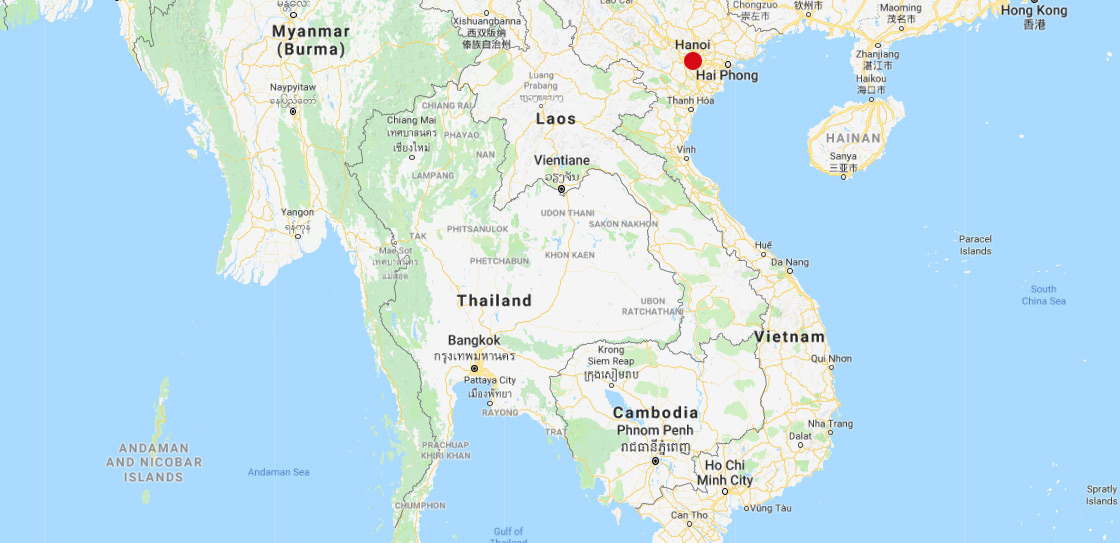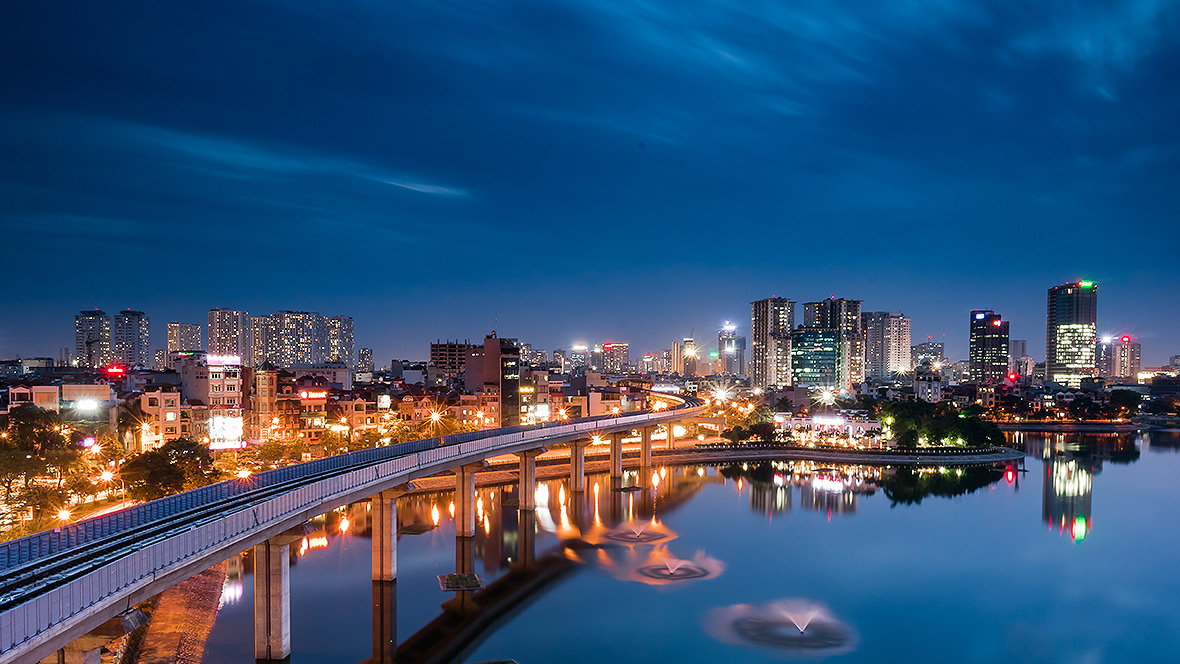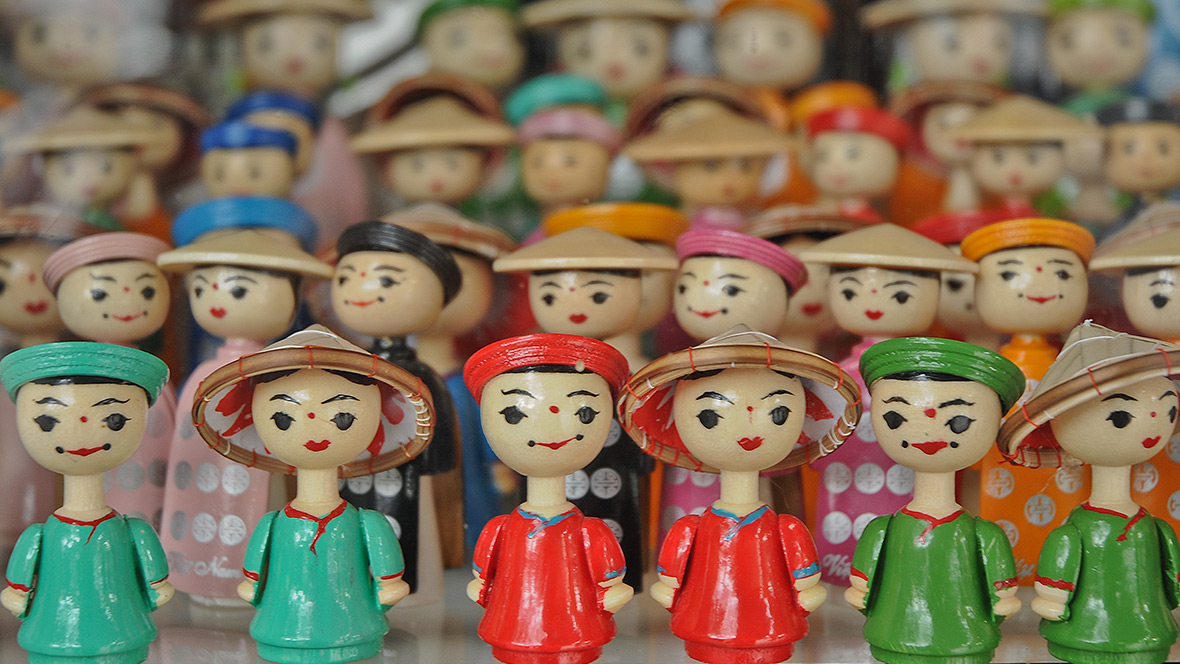Destination Information
Take off on an exciting trip with Asiana Airlines!
Hanoi is the capital and administrative center of Vietnam, located by the Songha River in the Delta region of the Gulf of Tonkin. It is a city with more than 200 year history. Anci... Learn more
-
Electrical Outlet 220V
-
Currency ₫(VND)
Information on the most vivid destinations and restaurants from fellow travelers on Tripadvisor!
All
View only destinations
View only restaurants
Select Travel Destination
Destination
- Guangzhou CAN
- Nagoya NGO
- Nanjing NKG
- Dalian DLC
- Tokyo TYO
- Miyazaki KMI
- Beijing PEK
- Sapporo (Chitose) CTS
- Shanghai SHA
- Shenyang SHE
- Sendai SDJ
- Xian XIY
- Yanji YNJ
- Yantai YNT
- Osaka OSA
- Okinawa OKA
- Weihai WEH
- Changchun CGQ
- Chengdu TFU
- Qingdao TAO
- Taipei TPE
- Tianjin TSN
- Harbin HRB
- Hangzhou HGH
- Hong Kong HKG
- Fukuoka FUK
Destination
Destination
Destination
City Description
Hanoi, the Paris of Asia with a one thousand year history

Hanoi is the capital and administrative center of Vietnam, located by the Songha River in the Delta region of the Gulf of Tonkin. It is a city with more than 200 year history. Ancient Chinese dynasties ruled northern Vietnam for 1,000 years, centering around Hanoi. Several Vietnamese dynasties, big and small, and French rule, which controlled Indochina since the late 19th century, have declared Hanoi the capital. The Japanese army also occupied Indochina from 1940 to 1945, and used Hanoi as their base.
After escaping colonial rule in September 1945, Vietnam proclaimed its independence and established Hanoi as the capital, but after Vietnam was divided into North and South Vietnam by the Geneva Convention in 1954, it became the base of communist Vietnam. After Vietnam was communized entirely in 1976, it became the capital of unified Vietnam. Rice, automobile repair, bicycle, machinery, and miscellaneous industries developed and the city formed Vietnam’s 2nd economic axis following Ho Chi Minh in the south.
The city is made up of old towns from the dynasty era and new towns built during the French colonial period. The old town was once surrounded by 30 gates and walls, but most were destroyed in a stream of wars. Only a few remnants still stand. The new town is called Little Paris, appropriate for a town with modern French architecture. The city also houses government institutions, the national theater, the city theater, hotels, museums, universities, and sightseeing spots like the Hoan Kiem Lake between old town and new town.
Travel Tip
However, to stay without a visa, you must have a round-trip ticket and a passport that is valid for at least 6 months.
Suggested Itinerary
* You can download the suggested itinerary in PDF.
Day 1
The stone mausoleum was completed on September 2, 1975 after the death of Ho Chi Minh (1969). His body rests inside a glass coffin.
Numerous materials and photographs related to wars such as the Battle of Dien Bien Phu, the war with America, and the Fall of Saigon, are displayed in the museum. In the museum’s gardens there are exhibitions of Soviet and Chinese weapons on display with the debris of French and American weapons.
It originated from the legend of Le Thai Ho, who received a new sword from a turtle of the lake and used it to defeat the Chinese army invaders in the 15th century and returned the sword back to the turtle. Inside the lake is the Okseon Shrine, where the taxidermied turtle is on display. Further, on the other side of the lake is the statue of Vietnamese King Ly Thai To, and on left side of the statue is the Hanoi City Hall.
It is a cathedral built in the French colonial era, and there are many fancy cafes and general stores in the vicinity.
There are many good restaurants, clubs, and pubs frequented by foreigners, and it is best to go on weekends.
Day 2
It helps you understand the Vietnamese people because it exhibits traditional cultures and lifestyles of the 54 minority tribes that make up the Vietnamese population through various methods including artifacts, models, and videos.
It was built in 1070 to preserve the tablets of Confucius. Since 1079, as Guozijian, the first university, it was used to nurture Confucian scholars. It is where you can see traces of Confucian cultural influences in Hanoi.
The old town around the Hoàn Kiếm Lake is an old-fashioned commercial area and a tourist area.
This area, called “Hanoi 36 Street,” has flourished as a commercial street since the 11th century when Hanoi was first built, and still continues to fulfill its inherit function and form. Each street has the same type of workshops and shops. The culture and lifestyle that has been formed over years brings out the tradition of Northern Vietnam.
It is Vietnam’s iconic cultural performance that tells the story of agricultural society in Vietnam through water puppetry.
Night markets with various goods like food, clothes, and souvenirs. Open only on Friday, Saturday, and Sunday evenings.
Day 3
- Ceramic mural
Made in 2010 to commemorate the 1000th anniversary of the capital of Hanoi, this is a 4 km long ceramic mural that shows the history, culture, and everyday life of Hanoi.
- Long Biên Bridge
It is a French-style architecture bridge known as the “witness” of Vietnam War.
- Imperial Citadel of Thăng Long
It is a royal palace in Hanoi, Vietnam. The ancient dynasties of Vietnam placed their capitals here.
In May to June, you can bicycle by the lotus lake. Spend a nice time at Ho Tay Water Park and dine at good restaurants around the lake.
Day 4
It is a national park located on the Ba Vì mountain, about 50 km west of Hanoi. You can see various plants, animals, and a nice scenery.
It is a traditional Vietnamese wholesale market, and some of the main goods sold include textiles, medical supplies, electronics, household goods, and pets. Bargaining for 30-50% discount on the price tag is another fun aspect of the market.
여행지 영상
유명 관광지의 아름다운 풍경부터 구석구석 작은 골목길까지 아시아나항공과 함께 여행지의 다양한 모습을 영상으로 만나보세요(360˚ VR영상은 크롬 브라우저에서 시청 가능합니다.)








